Si-WSi2 Coating Prepared by HDS
- Details
- Category: Tungsten's News
- Published on Monday, 01 May 2023 12:27
- Hits: 498
Zhang et al. prepared Si-WSi2 coatings on W substrates by hot-dip silicon-plating (HDS) technique. The HDS method involves placing a solid infiltration source into a corundum crucible under a high-temperature protective atmosphere, heating it until it is completely melted, and maintaining the temperature for a certain period of time. The processed sample is then slowly placed into the crucible and the coating is formed on the surface of the substrate by interpenetration between the substrate and the melt. This method is considered to be a cost-effective coating preparation method, which features short coating preparation time, high deposition temperature, uniform coating composition, smooth surface, and compact structure.
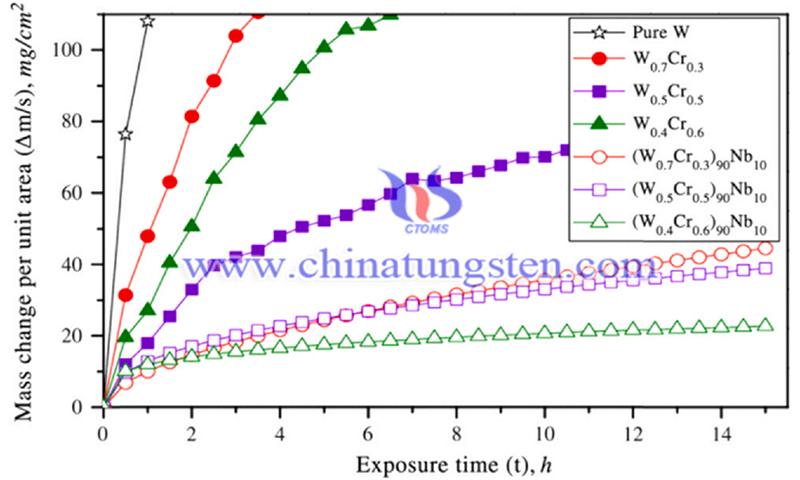
Zhang et al. prepared Si-WSi2 coating on W substrates by HDS technique. It can be seen that the surface of the coating is very smooth and compact, and the grain size of Si2 gradually increases with the increase of deposition time. It is noteworthy that the Si concentration on the surface of the coating increases rapidly when the deposition time is 25 min. the EDS results show that the Si content is as high as 34.90 wt %. This is mainly due to the fact that the increase in grain boundary size restricts the flow of the silicon solution and a small amount of silicon adheres to the grain boundaries, resulting in an increase in the Si concentration on the coating surface.
In addition, no cracks, holes, or other defects were observed, and a good metallurgical bond between the coating and the W substrate was achieved. It can be seen that the silicide coating consists mainly of WSi2 and W5Si3 layers. the thickness of the WSi2 layer increases with the deposition time, and the corresponding WSi2 layers are 12, 36, 62, and 115 μm, respectively.
Zhang et al. also investigated the effect of deposition temperature on the surface quality of the coating, which had a granular structure and nanoscale roughness with a low vertical height of less than 500 nm in most areas. When the deposition temperature was 1470-1530°C, the coating surface was very smooth. The Ra of the coating is only 82.1-115.6 nm, and the Rq are 109.1, 140.3 and 111.2 nm, respectively. in addition, some needle-like granular structures with diameters of 2-4 µm are observed on the WSi2 grains.
However, when the temperature was increased to 1560 °C, the Ra of the coating rapidly increased to 564.3 nm, and the average grain size of the particle structure was about 15 μm. This indicates that larger grains are more likely to form on the coating surface as the deposition temperature increases, which will lead to an increase in the vertical height of the WSi2 grains and a consequent increase in the Ra of the coating surface. However, the oxidation behavior of HDS coatings has not been reported, which needs further study by related scholars.
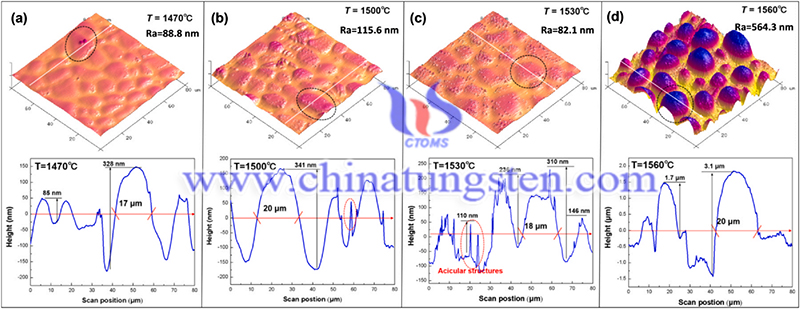
Reference: Fu T, Cui K, Zhang Y, et al. Oxidation protection of tungsten alloys for nuclear fusion applications: A comprehensive review[J]. Journal of Alloys and Compounds, 2021, 884: 161057.
- Tungsten Manufacturer & Supplier, Chinatungsten Online: www.chinatungsten.com
- Tungsten News & Prices of China Tungsten Industry Association: www.ctia.com.cn
- Molybdenum News & Price: news.molybdenum.com.cn
- Tel.: 86 592 5129696; Fax: 86 592 5129797; Email: sales@chinatungsten.com



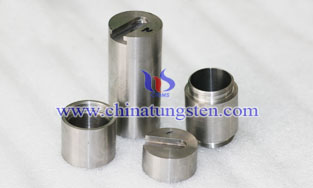


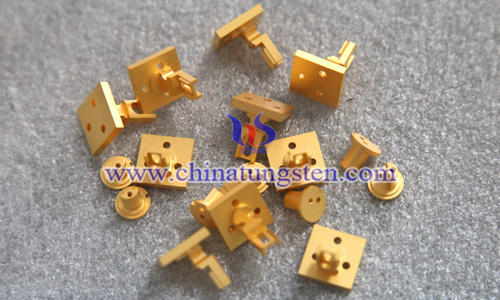
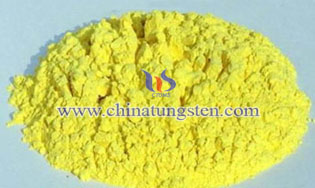
 sales@chinatungsten.com
sales@chinatungsten.com